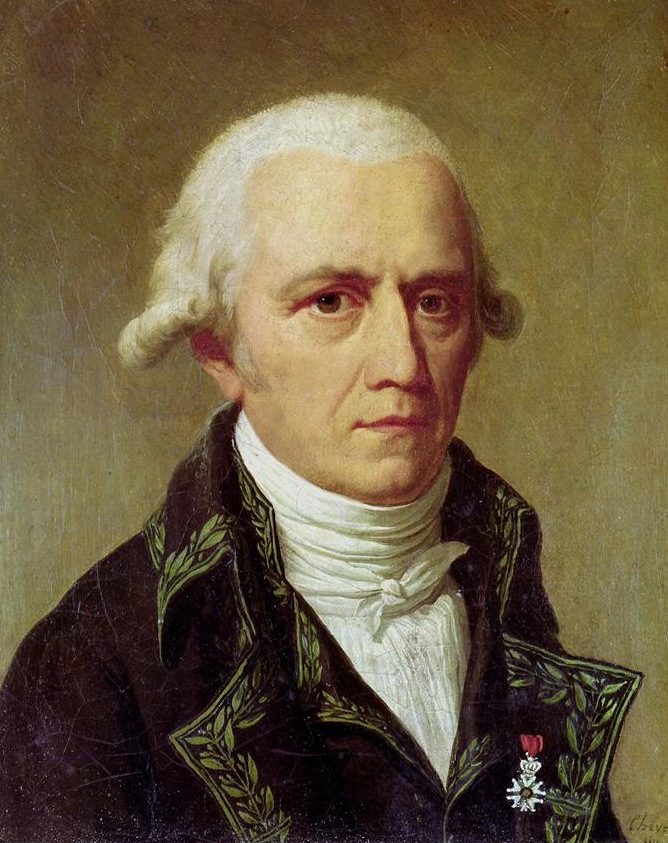Ce que la nature fait avec beaucoup de temps, nous le faisons tous les jours, en changeant nous-mêmes subitement, par rapport à un végétal vivant, les circonstances dans lesquelles lui et tous les individus de son espèce se rencontroient.
Philosophie Zoologique, Vol. I (1809), p. 226; translation by Hugh Elliot, Zoological Philosophy: An Exposition with Regard to the Natural History of Animals (1914), p. 109.
Works
Philosophie Zoologique
Jean-Baptiste LamarckFamous Jean-Baptiste Lamarck Quotes
Système Analytique des Connaissances Positives de l'Homme (1820), as quoted in Lamarck, the Mythical Precursor: A Study of the Relations Between Science and Ideology (1982) by Madeleine Barthélemy Madaule, p. 102.
On sait que cet animal, le plus grand des mammifères, habite l'intérieur de l'Afrique, et qu'il vit dans des lieux où la terre, presque toujours aride et sans herbage, l'oblige de brouter le feuillage des arbres, et de s'efforcer continuellement d'y atteindre. Il est résulté de cette habitude soutenue depuis longtemps, dans tous les individus de sa race, que ses jambes de devant sont devenues plus longues que celles de derrière, et que son col s'est tellement allongé, que la girafe, sans se dresser sur ses jambes de derrière, élève sa tête et atteint à six mètres de hauteur
Philosophie Zoologique, Vol. I (1809), pp. 256–257; translation taken from The Classics of Science: A Study of Twelve Enduring Scientific Works (1984) by Derek Gjertsen, p. 316.
